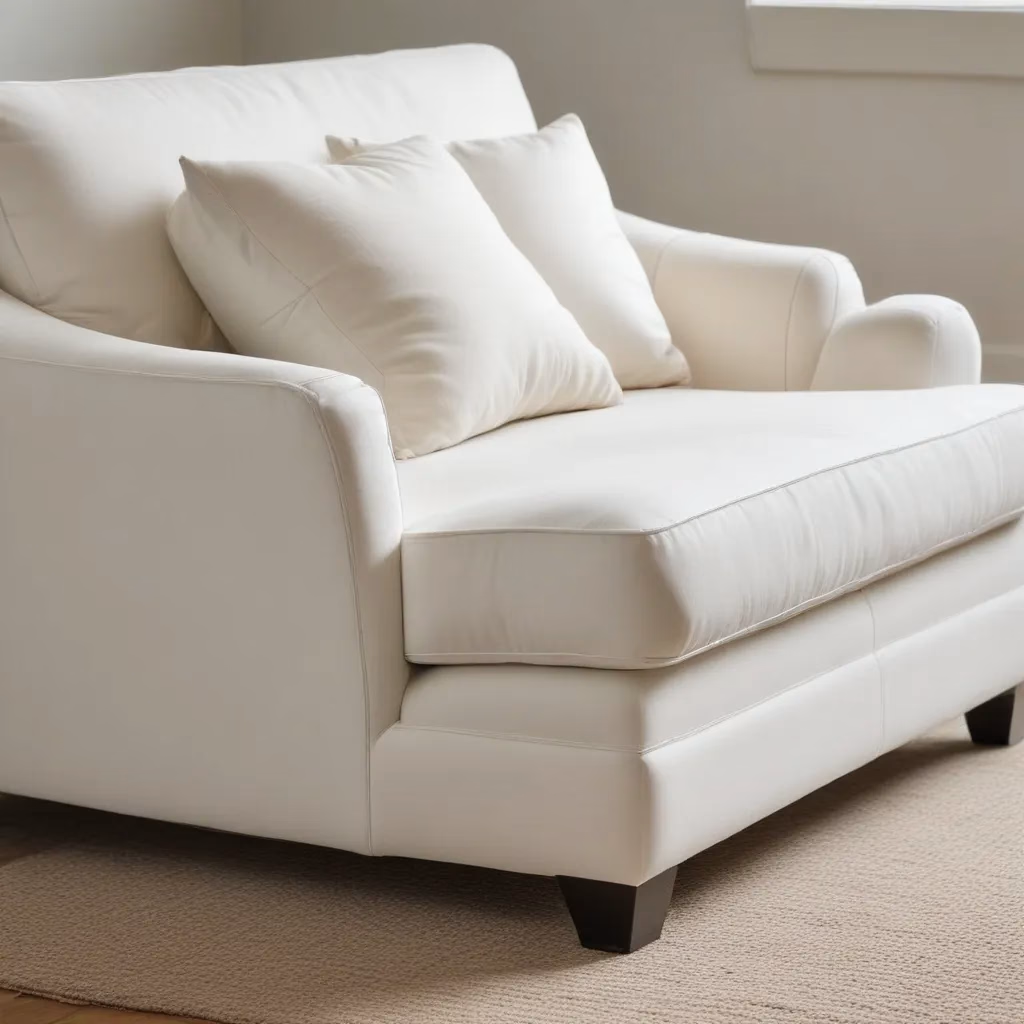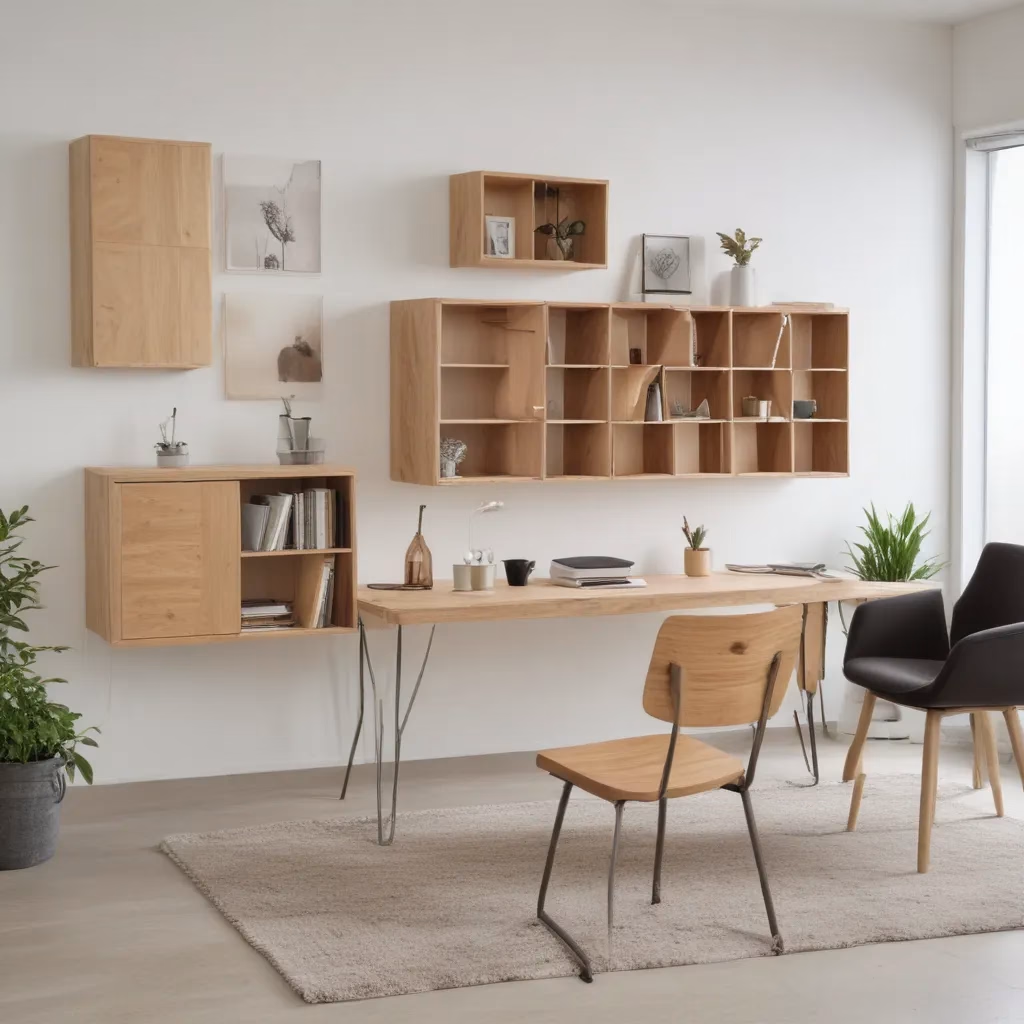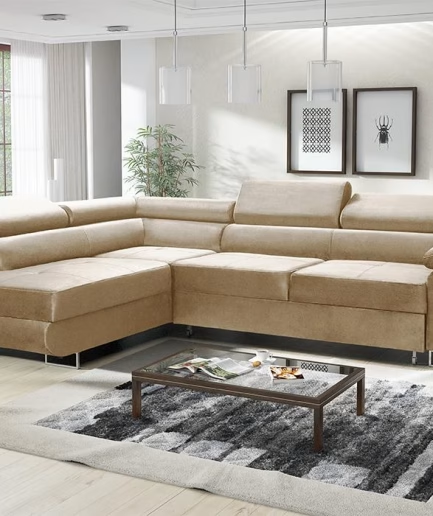
Defending White Upholstery: Stain-Resistant Solutions
When it comes to home furnishings, few design choices are as bold and elegant as a crisp, white sofa. In our 15 years installing… The allure of pristine, cloud-like upholstery can instantly elevate a living room’s aesthetic, imbuing the space with a sense of timeless sophistication. However, that pristine look often comes with a distinct set of challenges – namely, the constant vigilance required to keep white fabrics looking their best.
For many homeowners, the fear of unsightly stains and discoloration can deter them from embracing this classic look altogether. But what if I told you that with the right upholstery selection and maintenance strategies, you can enjoy the beauty of white furniture without the constant worry?
In this comprehensive guide, we’ll explore a range of stain-resistant solutions and practical care tips that will allow you to confidently incorporate white upholstery into your living space. Whether you’re furnishing a new home or refreshing an existing room, these insights will empower you to create a stylish, durable, and easy-to-maintain haven.
Choosing Stain-Resistant Fabrics
The key to successfully incorporating white upholstery lies in selecting the right fabric. Not all white textiles are created equal when it comes to durability and stain resistance.
One of the most advanced performance fabrics on the market is Crypton. Designed with a built-in stain, moisture, and odor barrier, Crypton upholstery can withstand even the toughest spills and accidents. The fabric’s micro-porous technology creates a protective shield that allows liquids to bead up on the surface, making cleanup a breeze.
Another innovative option is Sunbrella, a solution-dyed acrylic fabric that is inherently stain, fade, and mildew resistant. These properties make Sunbrella an excellent choice for high-traffic areas, as it can easily be wiped clean with a damp cloth. Even better, the color is woven throughout the fabric, so it won’t fade or wear away over time.
For those seeking a more natural, loft-y feel, performance linens offer a fantastic compromise. Brands like Perennials and Crypton Home have developed advanced linen blends that capture the look and soft hand of traditional linen, while incorporating cutting-edge stain-resistant technologies. These fabrics provide the best of both worlds – the inviting texture of linen with the durability to withstand everyday life.
Beyond the fabric itself, consider selecting upholstery with a tighter weave and smoother surface texture. Tightly woven fabrics with a low pile, like micro-suede or velvet, tend to be less prone to trapping dust, dirt, and stains. Smooth, non-porous finishes also make it easier to quickly blot up spills before they can set in.
Protecting Delicate Upholstery
Even with the most stain-resistant fabrics, an extra layer of protection can go a long way in preserving the pristine appearance of your white furniture. Professional fabric protection treatments, such as Scotchgard or Nanotex, create an invisible shield around the fibers, repelling water, oil, and other liquids.
“Scotchgard provides reliable protection against spills and stains by not letting them settle on the surface of your furniture, and it’s totally safe to use on delicate fabrics such as silk and wool,” explains Dean Davies, a professional upholstery and carpet-cleaning technician.
If you’re purchasing new white furniture, be sure to inquire about pre-treatment options. Many retailers and manufacturers offer this service, ensuring your investment is protected from the start. For existing pieces, you can hire a professional cleaning company to come to your home and apply a stain-resistant treatment on-site.
Alternatively, for a more budget-friendly DIY approach, there are several high-quality stain protectors available on the market that you can apply yourself. Look for spray-on formulas that are gentle on fabrics and free of harsh chemicals.
Maintaining a Pristine Appearance
Keeping white upholstery looking its best requires a bit of diligence, but the effort is well worth it. Establish a regular cleaning routine to prevent the buildup of dust, dirt, and pet hair, which can dull the fabric over time.
Melissa Maker, the host of the popular YouTube channel “Clean My Space,” recommends vacuuming your white sofa or chairs on a weekly basis using a vacuum with a HEPA filter. “I use my Dyson V11 with the small motorized attachment,” she says. “Vacuuming the cushions and any exposed foundation weekly, and doing the base and other less-utilized parts every two weeks or once a month, is a good rule of thumb.”
In between deeper cleanings, a lint roller can be an invaluable tool for quickly removing surface-level debris. “A lint roller is extremely handy when you have to remove pet hair from the couch,” says Davies. “This one has a long handle and a convenient roller, which collects hairs with ease.”
When it comes to addressing stains, act quickly and use a gentle, DIY cleaning solution. A mixture of distilled water and a few drops of mild dish soap can be an effective spot-cleaning treatment for a variety of spills. Avoid scrubbing, as this can damage the fabric, and instead, gently blot the stain using a clean, white cloth.
For tougher stains, you can try a solution of white vinegar and water, or even a dab of hydrogen peroxide. “Using any type of clear alcohol (vodka, rubbing alcohol, etc.) works like magic too,” says Greg Shepard, the owner of Dallas Maids. “I’m amazed at how well it removes even the most stubborn stains.”
And for those truly stubborn, ground-in messes, don’t hesitate to call in a professional upholstery cleaning service. Their specialized equipment and expertise can often revive even the most beleaguered white furniture.
Styling for Comfort and Aesthetic
When it comes to incorporating white upholstery into your living room design, the key is to strike a balance between form and function. After all, a stunning sofa is only as good as its ability to provide comfortable seating for you and your guests.
Start by considering the layout of your space. Positioning your white centerpiece in a way that promotes traffic flow and conversation can make the room feel both inviting and visually cohesive. Pair it with complementary accent pieces, such as a cozy rug or a set of throw pillows, to layer in texture and visual interest.
Don’t be afraid to mix patterns and finishes, as this can help prevent your living room from feeling one-dimensional. A tufted velvet chair or a woven rattan side table can beautifully offset the crisp, clean lines of a white sofa.
And remember, white upholstery doesn’t have to mean a completely monochromatic scheme. Incorporate pops of color through artwork, decorative accents, or even a vibrant throw blanket. This will breathe life into the space and prevent it from feeling too sterile.
Ultimately, the key to styling a room with white furniture is to create a cohesive, visually appealing environment that also supports your everyday needs. With the right combination of comfort, durability, and design, your white sofa can become the crown jewel of your living room.
Measuring for the Perfect Fit
When shopping for a new white sofa or armchair, take the time to carefully measure your space to double-check that the perfect fit. This not only guarantees the piece will seamlessly integrate into your existing layout but also contributes to its overall aesthetic appeal.
Start by measuring the area where you plan to place the furniture, taking into account the dimensions of the room, the placement of doors and windows, and any other large pieces that will need to coexist. Make note of the maximum width, depth, and height your new white upholstery can accommodate.
Pay close attention to the scale of the piece in relation to the rest of your furnishings. A oversized sofa can quickly overwhelm a small living room, while a too-petite chair may look out of place in a grand, open-concept space. Consult the retailer’s size guides and visualize how the dimensions will translate to your specific layout.
Additionally, consider the room traffic flow, ensuring your white sofa or chair won’t obstruct pathways or create awkward seating arrangements. Leave ample space for people to move around the furniture comfortably.
By taking the time to carefully measure and plan, you can set yourself up for success in finding the perfect white upholstered piece that both elevates your design and meets your practical needs.
Elevating the Centerpiece
A white sofa or armchair can serve as the stunning focal point of your living room, but it’s important to balance it with complementary surrounding pieces that enhance the overall aesthetic.
Start by positioning your white upholstered centerpiece as the main attraction, arranging other furnishings and decor elements to frame and showcase it. A pair of matching end tables or a coffee table in a contrasting material, such as wood or metal, can create a visually striking vignette.
Don’t be afraid to layer in textures and patterns to add visual interest. A plush area rug, decorative throw pillows, and stylish table lamps can all work together to create a cohesive, elevated look. Just be mindful not to overwhelm the space with too many competing elements.
Thoughtful accessorizing can also elevate the presence of your white sofa or chair. Arrange a selection of coffee table books, sculptural vases, and other decorative objects to infuse the space with personality. Sheer curtains or delicate wall hangings can also help soften the look, preventing the room from feeling too stark or formal.
Remember, the key to successfully styling a white upholstered piece is to strike a balance between form and function. By thoughtfully curating the surrounding elements, you can create a living room that is both visually stunning and truly inviting.
Embracing Timeless Style
One of the greatest benefits of white upholstery is its inherent timelessness. Unlike trends that come and go, a classic white sofa or armchair can serve as a versatile foundation for your living room, seamlessly adapting to evolving design preferences over the years.
To achieve a look that will stand the test of time, focus on incorporating neutral color palettes and versatile furniture silhouettes. Pair your white upholstery with complementary hues like grays, beiges, and blacks, which offer a sophisticated, elegant backdrop.
Opt for timeless furniture shapes, such as tufted Chesterfield sofas or streamlined, mid-century inspired chairs, that won’t feel dated as styles shift. These classic silhouettes can be dressed up or down depending on your evolving design aesthetic.
Accessorize judiciously, choosing pieces that enhance the space without overwhelming it. Subtle pops of color, natural textures, and simple, clean-lined decor can help you achieve a look that feels both current and enduring.
While you may be tempted to experiment with bold, trendy accents, resist the urge to completely overhaul your living room every time a new fad emerges. Instead, embrace the versatility of your white upholstery and make measured, thoughtful updates that preserve the room’s enduring appeal.
By curating a living space that celebrates the inherent beauty of white upholstery, you can create a sanctuary that feels both timelessly chic and tailored to your personal style.
Conclusion
Embracing white upholstery in your living room doesn’t have to be a daunting task. With the right fabric selection, protective treatments, and maintenance strategies, you can enjoy the timeless elegance of this design staple without the constant worry of unsightly stains and discoloration.
By investing in high-performance fabrics, establishing a diligent cleaning routine, and thoughtfully styling your space, you can transform your living room into a serene, inviting haven that will stand the test of time. So don’t be afraid to let your white sofa or armchair shine – with a little care and attention, it can become the crown jewel of your home.
Example: Living Room Makeover Series with Modular Sectionals




